Lots of folks with credit cards ask: can you actually have two of the same credit card from one bank? It’s not just about whether they let you. It’s really about your credit strategy, maximizing rewards, and handling several credit lines. I’ve looked at tons of cards, like the Avant Credit Card. From that, I know that getting how issuers work can really pay off. This guide will break it all down for you. We’ll look at the real deal, the pros, and the cons of having two of the same credit card, all based on the rules and expert know-how.
Table of Content
- Credit Card Issuer Policies on Multiple Accounts
- Strategic Reasons for Holding Duplicate Cards
- Impact on Credit Score and Report
- Potential Drawbacks and Considerations
- Case Studies: Real-World Scenarios
- Alternatives to obtaining duplicate cards
- Conclusion and Next Steps
- FAQ About can you have two of the same credit card
Credit Card Issuer Policies on Multiple Accounts
Understanding Issuer-Specific Rules
Big card issuers like Chase, Amex, and Citi all have different rules about getting two of the same credit card. Take Chase, for example. They use the 5/24 rule.
That means if you’ve opened five or more cards from any bank in the past two years, they probably won’t approve you. This rule applies no matter what type of card it is, so getting a second identical Chase card is pretty unlikely.
American Express is often okay with you having multiple of the same card, but they might not give you the welcome bonus again. So it’s really important to check each issuer’s policy before you apply.
Some smaller banks, or ones with cards like the Cherry Credit Card, might be more flexible. But even then, they might not give you the bonus if you’ve had that card before.
Always give customer service a call or check their website to get the latest rules. My team keeps our database updated with these policies. We’ve seen that being clear on the rules helps you avoid rejections and keeps your credit score from dropping due to unnecessary hard pulls.

Product Changes vs. New Applications
If you want another card of the same type, you could ask for a product change. That means asking your issuer to switch your current card to a different product—sometimes even the same one.
But usually, you won’t get a new welcome bonus this way. For instance, you can’t product change to a new Pay Belk Credit Card and snag that sign-up offer.
Applying for a new card is the only way to get another bonus, but there are strict rules for that too. Most issuers won’t give you the bonus again if you’ve had the card recently—usually within the last two to four years.
Knowing how these processes differ is key to getting the most rewards without breaking the rules. I always tell people to keep track of their card history so they don’t accidentally apply for a bonus they can’t get.
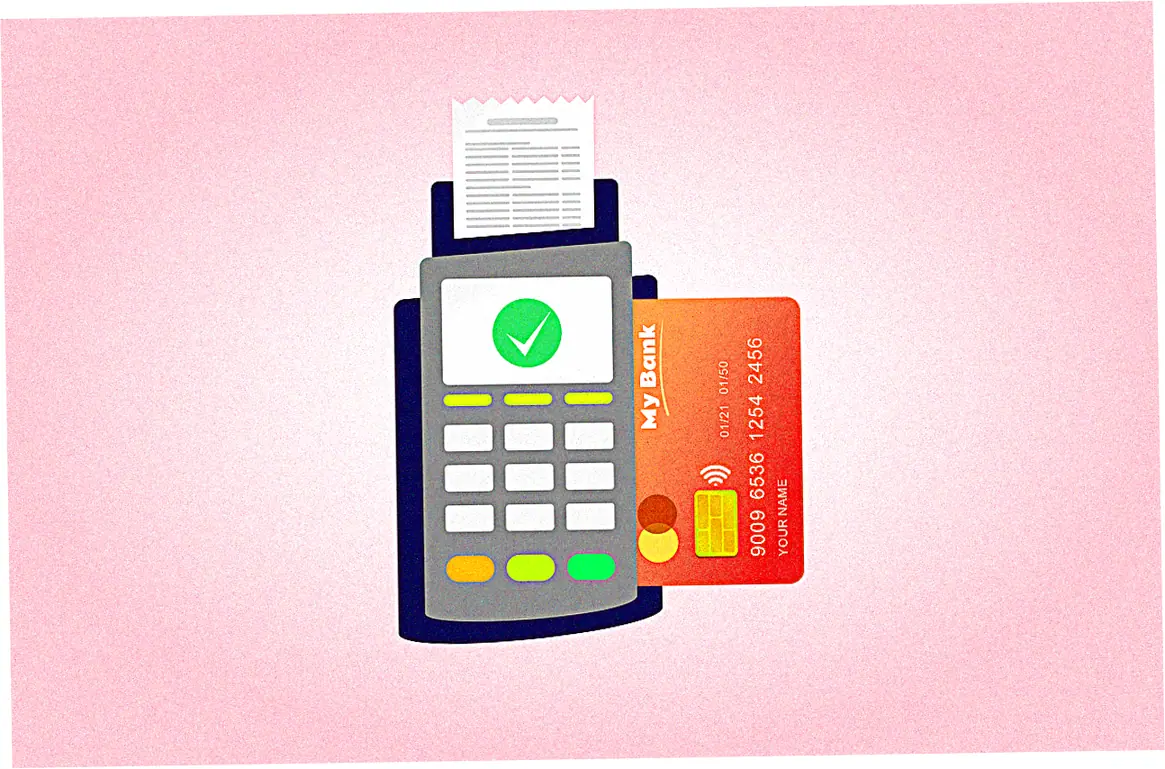
Strategic Reasons for Holding Duplicate Cards
Maximizing Welcome Bonuses and Rewards
Wanting a duplicate card? The biggest money reason is to snag that welcome bonus again. But you can only do this if the card issuer says it’s okay and you qualify, which often means you haven’t had that same card for a few years.
Take the Chase Sapphire Preferred, for example. After 48 months, you might be able to get its bonus again. This move can score you thousands of points, but you gotta be really careful with your timing and keep good records.
It’s not just about the sign-up bonus, either. Some folks want two of the same card to earn more on bonus categories. Say a card gives you 5% back on groceries. Having two could, in theory, double your quarterly spending limit for that bonus.
Here’s the catch, though. Most card companies set a single spending cap for all your accounts of the same card type, not for each individual card. So you absolutely must read the fine print. If you just assume, you could miss out on rewards.
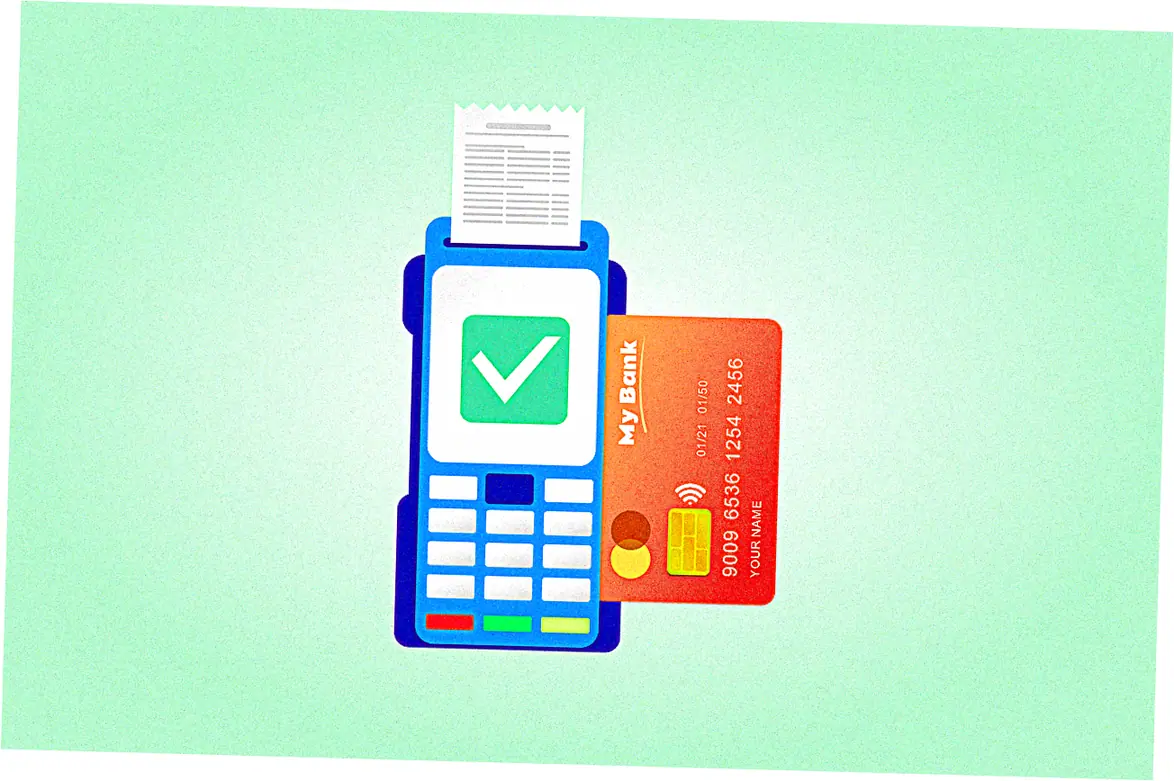
Business and Personal Spending Separation
A lot of self-employed people and small business owners like having two of the same card. They use one just for business stuff and the other for personal spending. It makes keeping track of expenses and doing their books way simpler.
A dedicated business card could be better, but sometimes people just really like the rewards they get from a particular personal card. Issuers might let you do this if you apply for the cards at different times and can show you need them for separate things.
Splitting your spending like this also helps your credit utilization. When you spread your expenses across two cards, you keep the balance low on each one. That can give your credit score a nice boost.
In my experience, clients who pull this off often find their finances are more organized and tax season is less of a headache. It basically turns a simple credit card into a super handy tool for getting organized.

Impact on Credit Score and Report
Hard Inquiries and New Account Age
Every time you apply for a new credit card, the lender does a hard inquiry on your credit report. That can drop your score a few points temporarily. This even happens if you apply for a second identical card.
If you get several hard inquiries close together, it makes things worse. It tells lenders you might be a risk. So it’s smart to wait at least three to six months between credit applications. That way, you keep the hit to your score small.
Also, opening a new account brings down your average account age. That’s another big thing for your credit score. The effect doesn’t last long and is pretty minor, but it’s something to think about if you’re building or fixing your credit.
But if you already have old, established accounts, one new card usually doesn’t matter much. The good part—getting a higher total credit limit—is way more important.

Credit Utilization and Total Available Credit
Here’s a big plus to having multiple cards: your total available credit goes up. So when you get that second card, your overall credit limit gets higher. If you keep spending the same amount, your credit utilization ratio drops.
That’s just the amount you’re using compared to your total limit. Scoring models really care about this ratio, and a lower one is always better.
Say you have two cards with a total limit of $5,000, and you spend $1,000 a month. Your utilization would be 20%. Now, add another card with a $5,000 limit. Your total credit jumps to $10,000.
If you still only spend $1,000, your utilization falls to just 10%. That could give your score a nice boost. That’s a strong reason some people go for extra credit lines on purpose, even duplicate cards.
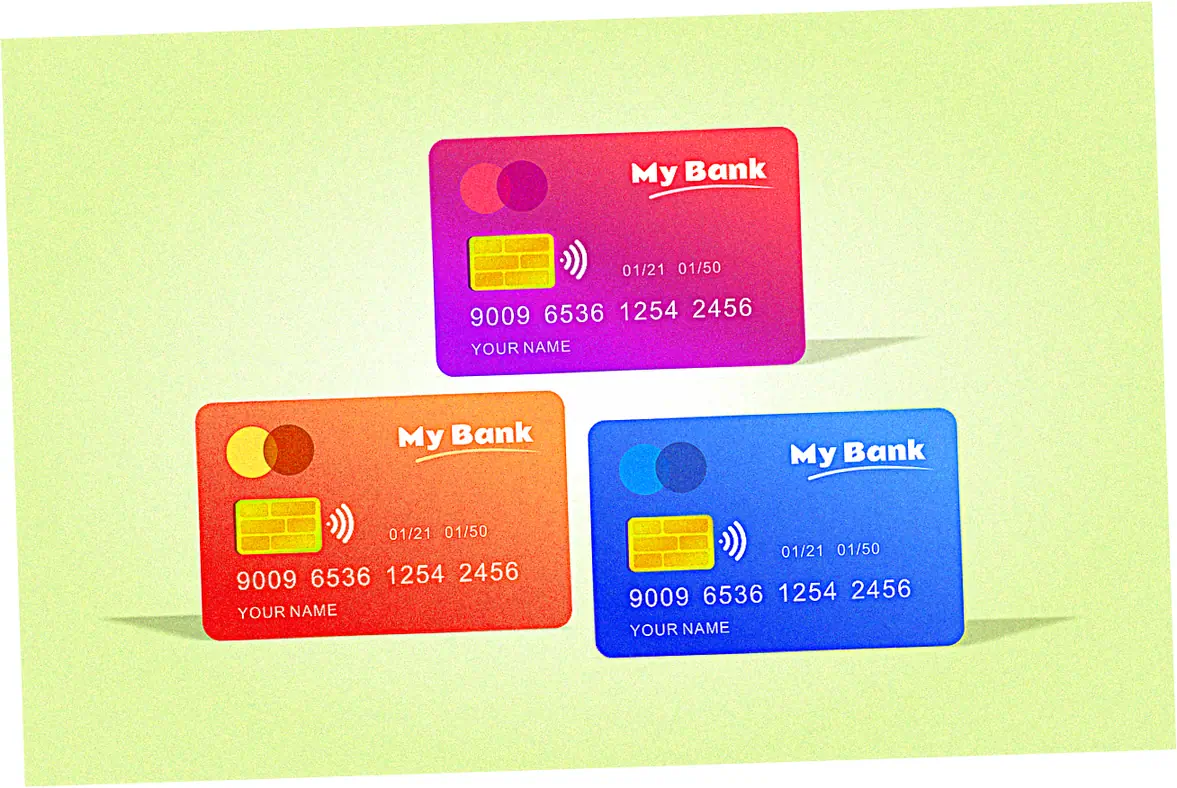
Potential Drawbacks and Considerations
Annual Fees and Cost-Benefit Analysis
If you have two of the same credit card, you’ll likely pay two annual fees. That can eat into your rewards and bonuses fast. So you really need to crunch the numbers.
Take the welcome bonus, subtract the fee, and see if the rewards are worth it. For a $95 fee, the bonus better be a lot bigger to make sense.
Some cards waive the fee the first year, which helps. But remember to cancel or downgrade before year two if you don’t want it. Set a reminder so you don’t forget. I’ve seen lots of folks forget, turning a good deal into a loss. Staying organized is key.
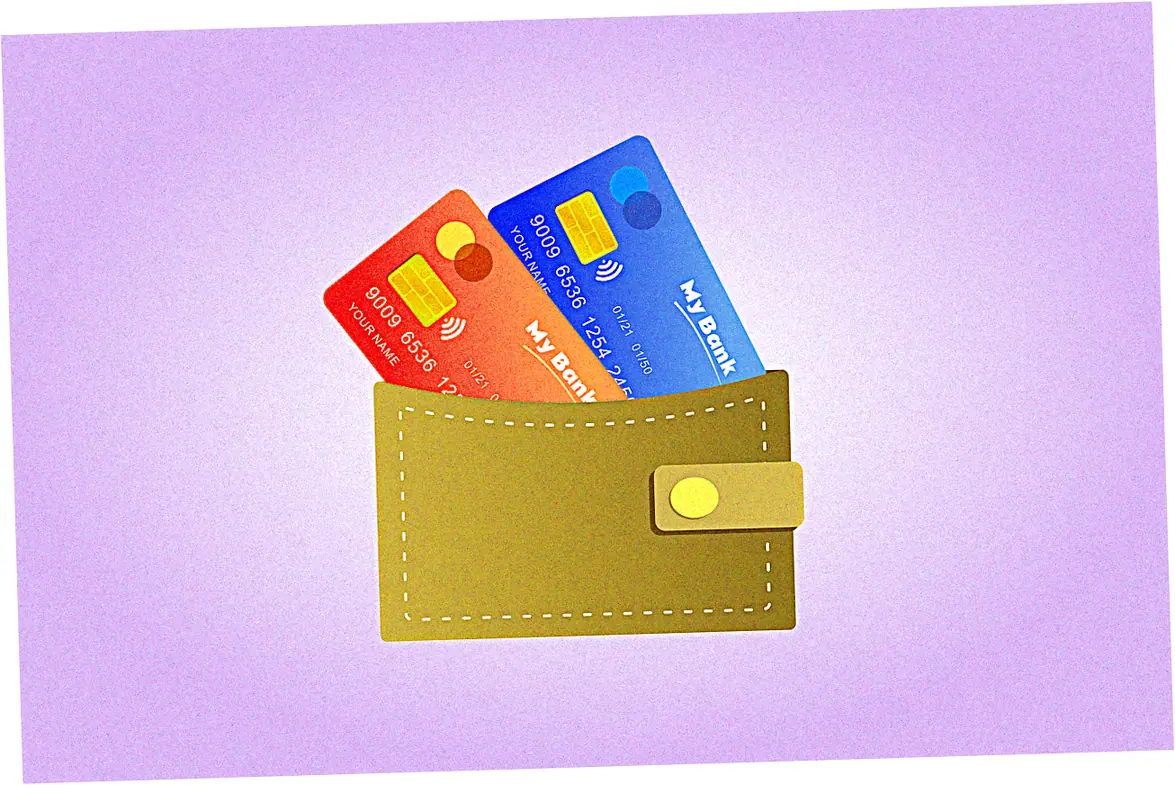
Management Complexity and Relationship with Issuer
Managing multiple accounts, even for the same card, gets complicated. You’ve got to track due dates, spending for bonuses, and fee dates for each card. Miss a payment, and you’ll face big fees and hurt your credit score. Using autopay and a budget app is a must if you have multiple cards.
Also, applying for too many cards from one bank quickly looks suspicious. They might review your finances or even shut down your accounts. Banks want responsible, long-term customers.
Chasing bonuses is fine, but looking greedy or risky can backfire. You need to balance getting value with keeping a good relationship.
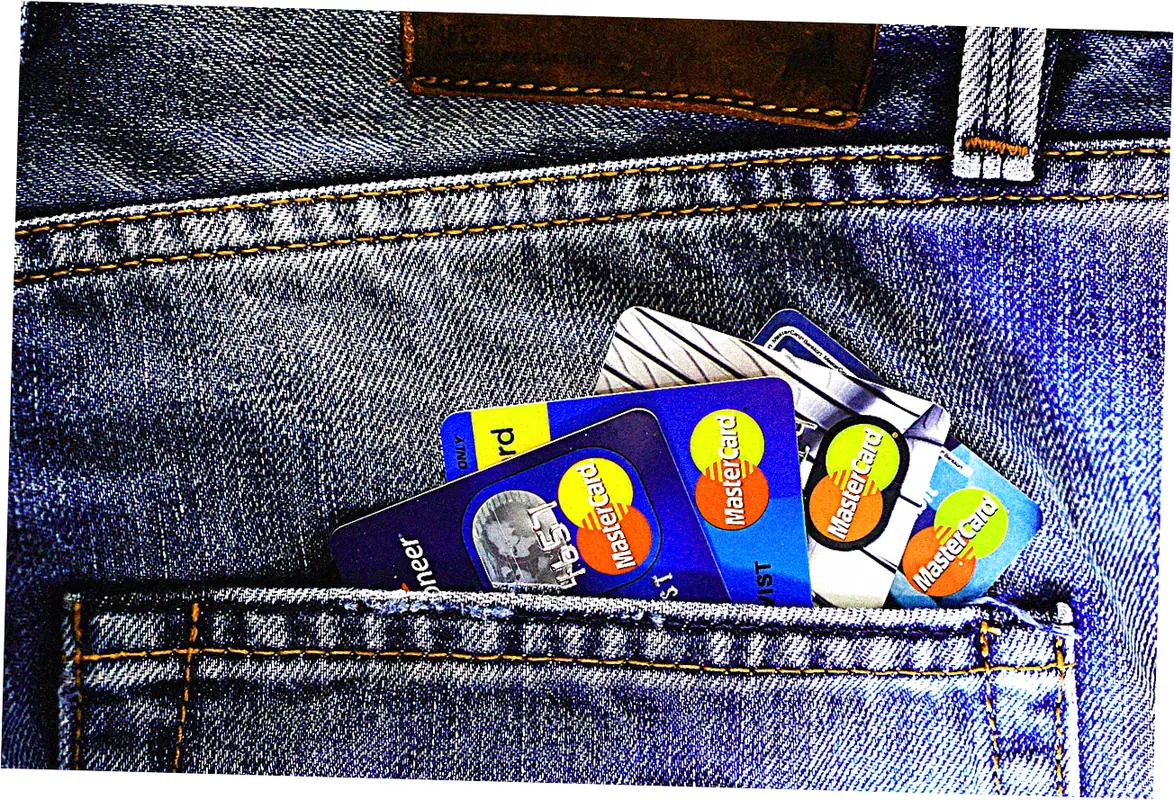
Let’s look at some real examples about having two of the same credit card.
Here’s a success story about maximizing travel points.
I had a client who got two Chase Sapphire Reserve cards over four years. He changed his first card to a no-fee one before the second annual fee came, then waited the full 48 months.
Then he applied again and got approved for a new Sapphire Reserve, scoring over 60,000 Ultimate Rewards points. Those points paid for two round-trip domestic flights, giving him way more value than the annual fee cost.
This worked because he planned everything carefully. He kept track of when he applied, made sure his credit score was great before applying again, and knew exactly how to use the points.
This shows that if you’re patient and organized, getting two of the same credit card can really pay off. It’s not a quick trick—it’s more like a long-term move to optimize your credit.
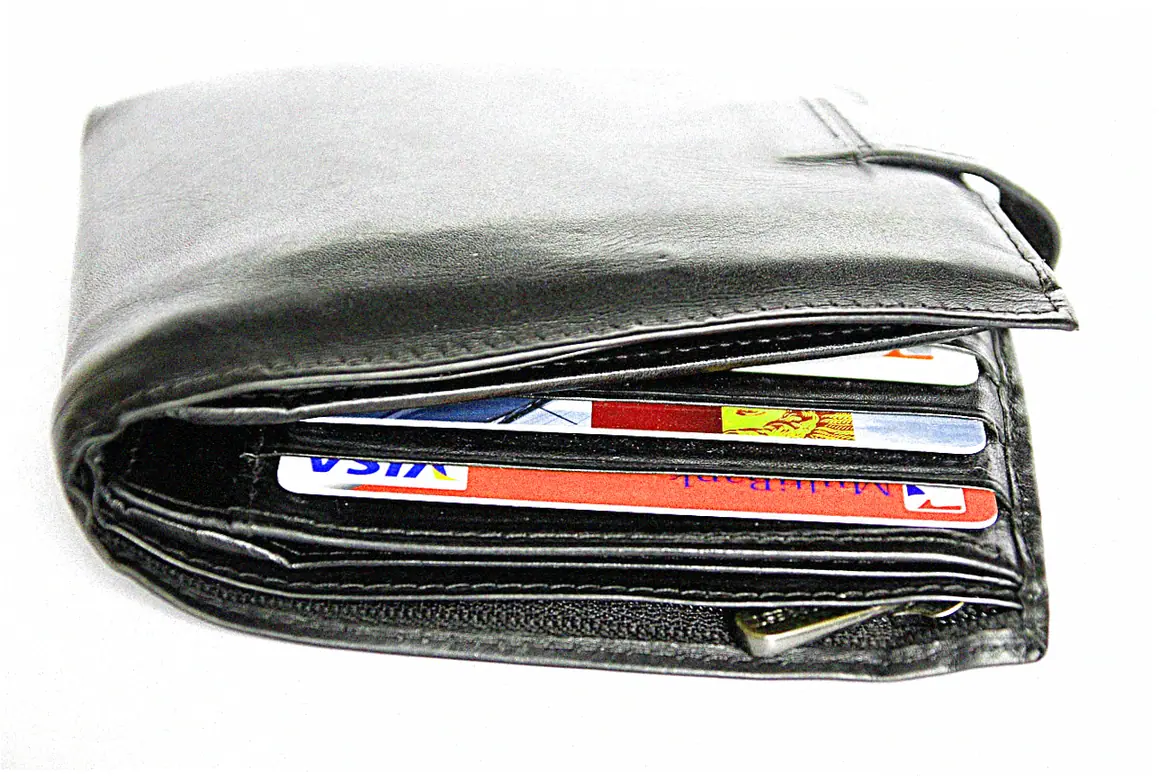
Now here’s a lesson learned from Avant Credit Card reviews.
A lot of Avant Credit Card reviews say it’s good for people building credit. But one user tried to apply for a second Avant card to boost their total credit limit. Unlike big issuers, Avant’s policy wasn’t so clear.
They got a hard inquiry and were denied because Avant saw asking for a duplicate card as unnecessary and risky.
This shows why it’s important to know your card issuer’s rules. What works for American Express might not fly with a smaller issuer like Avant or a store card like the Pay Belk Credit Card.
Always check the issuer’s policies or call customer service before you try to get two of the same credit card. If you assume, you might end up with wasted hard inquiries and a temporary drop in your credit score.

Other ways instead of getting duplicate cards
Ask for a higher credit limit
Want more available credit to lower your utilization? Asking for a credit limit increase on your current card is usually the way to go first. This typically just needs a soft inquiry. That won’t hurt your credit score, unlike applying for a new card.
You can usually ask for this online every six months. It’s a good idea if you’re making more money now or your credit score got better.
This keeps things simple. You won’t have a new account to worry about. But you won’t get a new sign-up bonus this way. What’s best for you? It really depends on your main goal. Do you want more credit, or are you after rewards?
Lots of people do both. They ask for limit hikes now and then, and they also apply for new cards smartly. That combo can really build a great credit profile.
Just add an authorized user
Need an extra card for your partner or a family member? Making them an authorized user is a simple fix. They get a card on your account. This can help build their credit, if the card company reports it in their name.
This skips the hard pull on their credit report. And it doesn’t start a whole new account they have to manage alone.
The big downside? You’re on the hook for everything they spend. So you gotta trust them and be clear about how much they can spend. For splitting costs without the hassle of a duplicate card application,
adding a user is usually the better move. You get to share the card easily, without juggling two of the exact same accounts.
Conclusion and Next Steps
You can have two of the same credit card with some issuers, but you gotta be careful with their rules about bonuses and getting approved.
Before you decide, have a clear goal in mind, like snagging another welcome bonus or keeping business expenses separate. Always weigh the costs against the benefits—think annual fees and how it might affect your credit score.
Before applying, do your homework on your card issuer’s policy. See if you’re eligible for another welcome bonus, and maybe just ask for a credit limit increase instead.
If you want advice just for you and your goals, talk to a credit strategist. Start by checking your current card’s terms and plan when to apply to get the most rewards.
Got questions about having two of the same credit card? Here are some FAQs.
Wondering if getting a second copy of your card hurts your credit?
Yeah, it’ll cause a hard inquiry that dings your score for a bit. Opening a new account also brings down your average account age. But here’s the upside: a higher total credit limit can lower your utilization ratio. That might balance things out in the long run.
Can you snag the welcome bonus twice for the same card?
Well, that really depends on the card issuer. Big names like Chase and Amex usually let you, but only if you haven’t had the card or gotten its bonus in a while – think 24 to 48 months. Always double-check the latest terms before you apply.
What’s the best move for getting a duplicate credit card?
The smart play is to wait until you qualify for that welcome bonus again. Make sure your credit score is solid and you have a plan to hit the spending requirement. Don’t apply for too many at once – space them out so lenders don’t see you as a risk.
Are some issuers cooler with duplicate cards than others?
American Express is pretty chill about you holding multiple copies of the same card, just remember the bonus rules still stand. Store cards and issuers like Avant often have tighter, hush-hush rules, so be careful with those.